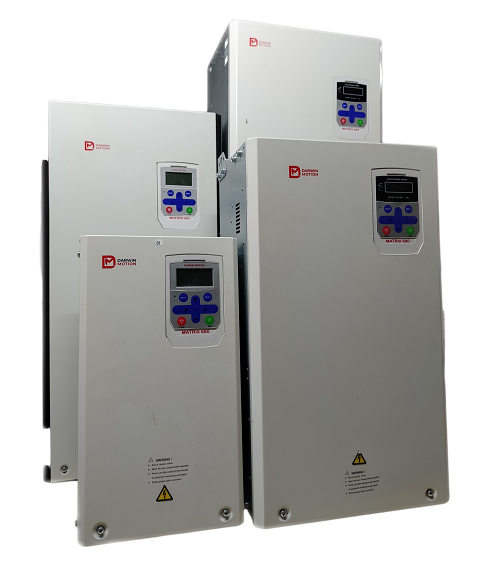Posted on 24th Mar 2025

In industrial and commercial settings, the longevity of equipment is a crucial factor in operational efficiency and cost savings. One technology that significantly contributes to extending equipment life is the Variable Frequency Drive (VFD). By regulating motor speed and torque, VFDs minimize mechanical and electrical stress, leading to increased durability and reliability of machinery.
A Variable Frequency Drive (VFD) is an electronic device used to control the speed and torque of an electric motor by varying the frequency and voltage of the power supplied to it. VFDs are widely utilized in applications ranging from HVAC systems to conveyor belts, pumps, and compressors. By allowing motors to operate at optimal speeds rather than full capacity at all times, VFDs enhance efficiency and reduce wear and tear.
Traditional motor systems operate at a constant speed, causing sudden jolts when starting and stopping. These abrupt changes can lead to excessive mechanical stress, premature wear, and potential failure of components such as belts, gears, and bearings. VFDs provide smooth acceleration and deceleration, reducing these impacts and prolonging equipment life.
Excessive energy consumption translates to higher heat production, which can degrade electrical components over time. By operating motors at only the required speeds, VFDs lower energy consumption and reduce heat buildup, ultimately preventing overheating and insulation breakdown.
Frequent power surges and voltage fluctuations can lead to insulation damage, winding failures, and reduced motor lifespan. VFDs help regulate voltage and frequency, ensuring stable power supply and preventing undue electrical stress on the system.
Many modern AC Drives are equipped with built-in protective features such as overload protection, phase loss detection, and thermal monitoring. These safeguards help detect potential issues before they cause major damage, further extending the operational life of motors and connected equipment.
Because VFDs facilitate smoother operation and reduce mechanical and electrical stress, maintenance requirements decrease. Motors and equipment running on VFDs typically experience fewer breakdowns, resulting in lower maintenance costs and less downtime.
Industries across multiple sectors benefit from the longevity factor provided by VFDs, including:
Manufacturing: Improved conveyor belt efficiency and reduced wear on machinery.
HVAC Systems: Controlled fan and pump speeds, enhancing system durability.
Water and Wastewater Treatment: Optimized pump operations, extending pump life.
Mining and Heavy Equipment: Smoother motor operation, minimizing strain on mechanical parts.
Incorporating Variable Frequency Drives into motor-driven systems is a strategic move to enhance equipment longevity, reduce maintenance costs, and improve energy efficiency. By mitigating mechanical and electrical stress, VFDs ensure reliable, long-lasting operation, making them an essential investment for industries seeking to maximize the lifespan of their equipment. As technology advances, the role of VFDs in prolonging equipment durability will continue to expand, solidifying their place as a key factor in operational efficiency and sustainability.